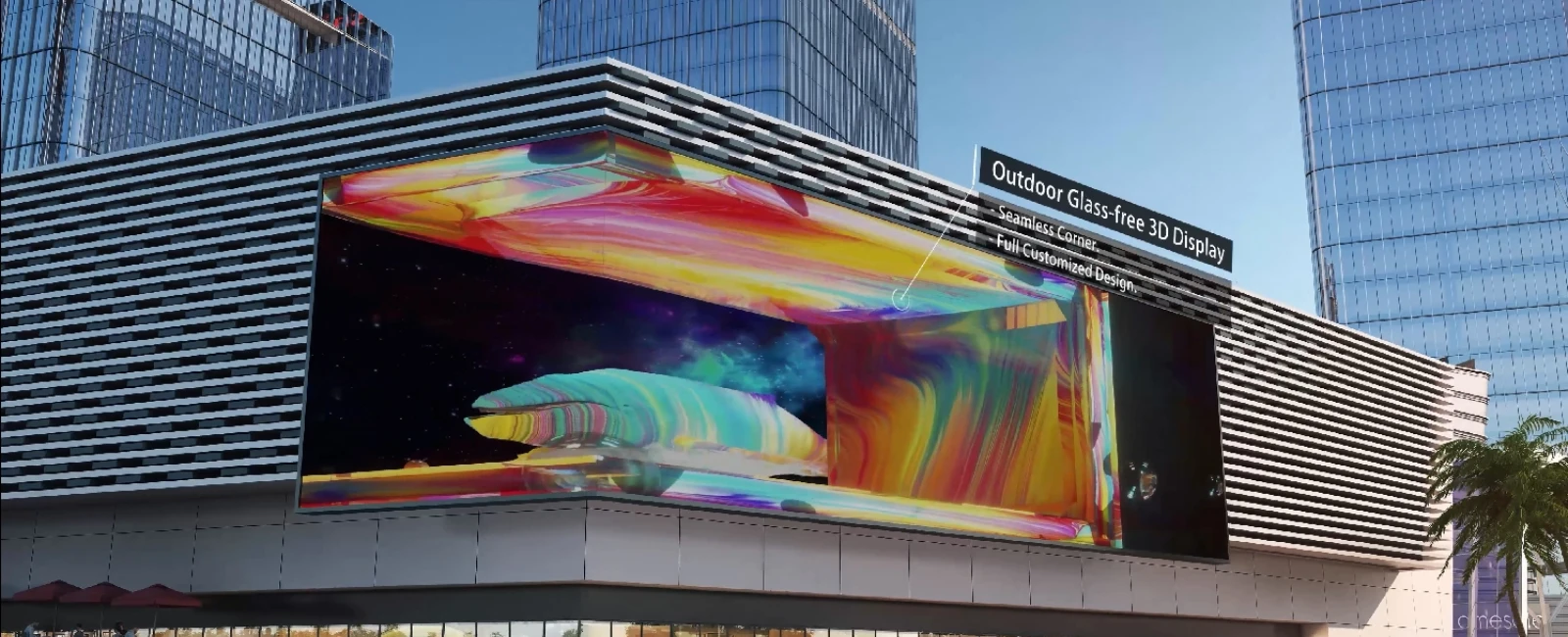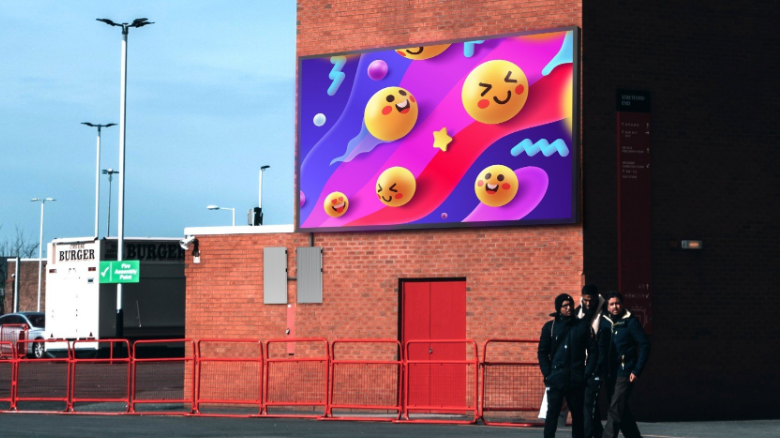CHAINZONE LED SIGN SOLUTIONS FOR DOOH
Aim to Maximize Every Advertising Revenue with Ultra Visual Performance and Lower Lifecycle Costs.

What Makes Digital OOH Advertising Essential?
Digital OOH advertising uses digital signage screens to deliver high-impact brand messages in outdoor environments. Designed to boost consumer engagement and drive purchasing decisions, these LED advertising displays offer dynamic content, real-time updates, and outstanding visibility in all weather conditions. They are ideal for commercial advertising across retail, entertainment, transportation, and landmark locations.
Core Elements of a Successful DOOH Screen
1. Unmatched Visibility
Digital signage screens with sunlight-readable brightness ensure outdoor advertising signs dominate visual landscapes and increase advertising conversion rates.
2. Stability
Weather-sealed DOOH screens protect LED display outdoor advertising from extreme conditions, guaranteeing 24/7 uptime.
3. Power consumption
This is closely linked to factors like overheating, screen lifespan, and electricity costs. These factors affect the total operating expenses of your LED signs.
OUR ADVANTAGES
Stable Operation
Our smart digital signs integrate redundancy design
✔ No blackouts or interruptions
✔ Long-lasting
✔ Ensure your brand message remains consistently memorable
Proven Technology
LOB Tech secures sustainable Ads ROI
✔ Prolongs LED signs’ service life
✔ Generates up to 80% energy savings
✔ Ultra Image Quality with 10000nit brightness and high contrast ratio

Tailored DOOH Advertising Solutions Across Industries
Digital OOH advertising excels across diverse environments—from urban billboards to smart city infrastructure.
Our solutions provide real-time, eye-catching content and adapt to what the audience needs.
CHAINZONE helps brands optimize visibility, efficiency, and engagement across locations.
SEE OUR INNOVATIVE SOLUTIONS HOW TO FIT YOUR NEEDS
CHAINZONE’s Proprietary Technological Edge
Our led advertising displays are built with CHAINZONE’s proprietary innovations, including LOB optical technology and dual-voltage architecture. These smart systems reduce power use, enhance visual clarity, and maintain high performance even in extreme conditions.
Smart Energy-Saving Features
CHAINZONE DOOH displays integrate smart energy solutions:
- Reduce power use by up to 80%
- Cut total ownership cost
- Support green digital ooh advertising goals
✅ FAQs: About Digital OOH Advertising Solutions
What is the difference between digital OOH advertising and traditional outdoor signs?
Unlike regular outdoor signs, digital OOH advertising uses LED or LCD screens. These screens show real-time, eye-catching content. It offers dynamic visuals, remote content updates, and better engagement.
What makes our outdoor advertising sign stand out in terms of quality?
High-quality products ensure longer service life, stable image performance, and lower failure rates — all closely linked to display temperature management and advanced encapsulation processes. Our High-Quality comes from:
- Proprietary LOB technology that maintains high brightness with low heat generation
- Lens-protected LED chips that reduce physical impact and UV damage
- Redundant designs that lower component operating temperatures, slowing material aging
Can your DOOH screens operate in extreme outdoor environments?
Yes. Our LED advertising displays are rated for water and dust. They are also UV-protected and have smart temperature control, which ensures they work well 24/7, even in high humidity, heat, or cold.
How energy efficient are Chainzone DOOH solutions?
Our LOB lens technology and power-saving modes help Chainzone digital advertising signs save energy. They can reduce power use by up to 80%. This lowers long-term costs.








